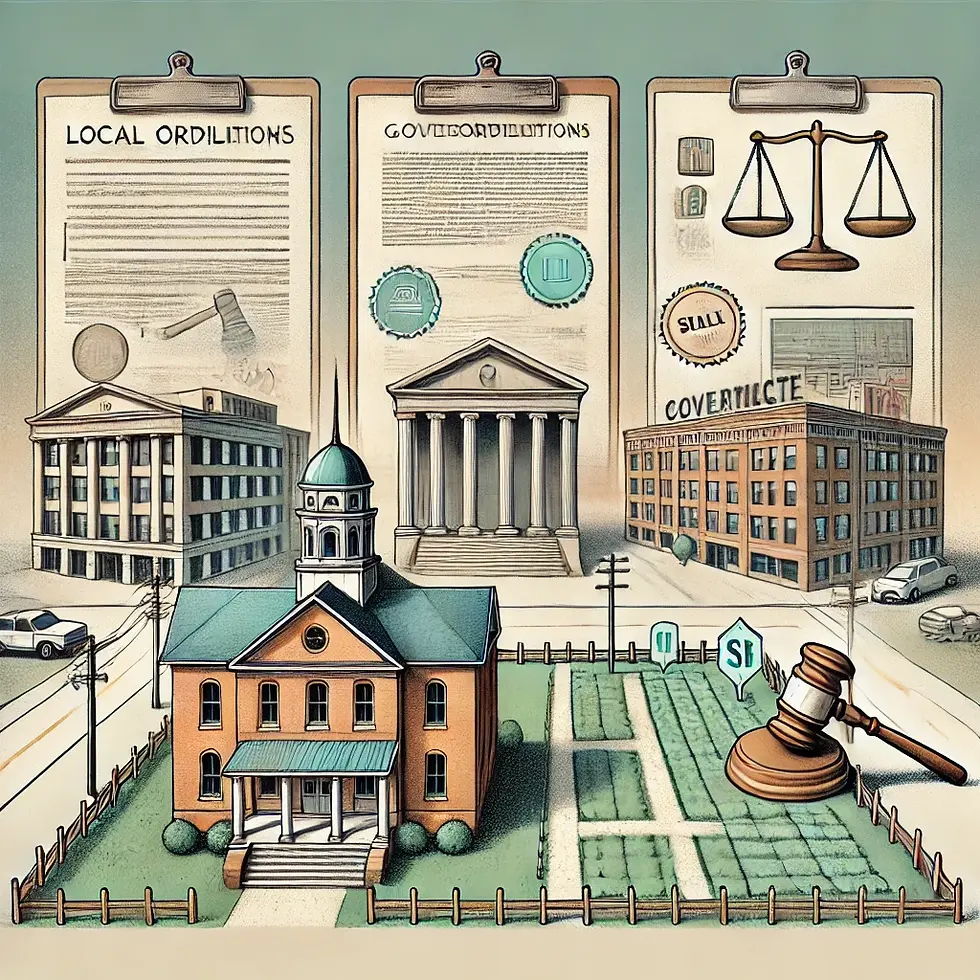Land 101
- Brett Campbell

- Jun 23, 2023
- 3 min read
Introduction
Land investing is the process of buying raw land with the intention of developing it or holding it for future use. Raw land is typically characterized as having no buildings, roads, or other existing infrastructure.
Why Invest in Land?
There are many reasons why you might want to invest in land. Here are some of the most common:
Appreciation: Desirable land tends to appreciate over time, which means that its value increases. This can be especially true if the land is located in an area that is in the path of progress.
Diversification: Investing in land can help diversify your portfolio and reduce your overall risk exposure. This is because land tends to have a low correlation with other asset classes like stocks and bonds.
Inflation Protection: Land can be a good hedge against inflation because its value tends to rise with inflation.
Steps Involved in Land Investing
Step 1: Determine Economic Feasibility
The first step in raw land investing is to determine its economic feasibility. This involves understanding the zoning, permitted uses, costs associated with developing the land, and estimating the potential return on investment (ROI).
Step 2: Acquisition
Once you have determined the economic feasibility of the land, you can move on to the acquisition phase. This involves negotiating with the seller and making an offer on the property. Prior to closing, ensure that proper due-diligence has been conducted.
Step 3: Zoning
The next step is to determine if the land needs to be re-zoned. Zoning regulations dictate how the land can be used and what types of structures can be built on it. You will need to work with local officials to determine what zoning regulations apply to your property.
Step 4: Design
Once you have tackled the zoning, you can move on to the design phase. This involves creating a plan for how the land will be developed or improved. You will need to work with architects, engineers, and other professionals to create a plan that meets your needs and complies with local regulations.
Step 5: Financing
Financing land development projects is often challenging. This is due to the increased risk faced by banks and financial institutions in the event that your project runs into challenges during development. With that in mind, there are many different financing options available for land development projects, including traditional bank loans, private loans, and crowdfunding.
Step 6: Construction
Once you have secured financing for your project, you can begin construction. This involves building necessary infrastructure such as roads, utilities, and buildings.
Step 7: Marketing
The final step is to market your property once it has been developed. This involves advertising your property and finding potential buyers or renters.
Factors to Consider When Investing in Land
Location: The location of the land is one of the most important factors to consider when investing in raw land. You should look for areas that are experiencing growth or development.
Access: The land should have access to roads for ingress/egress.
Utilities: The land should have access to utilities such as water, sewer, and electricity.
Zoning: Zoning regulations dictate how the land can be used and what types of structures can be built on it.
Permitted Uses: You should also consider what types of business activities are permitted on the land.
Flood Zones/Wetlands: If the land is located in a flood zone or contains wetlands, you may need to take additional precautions and/or seek special approval prior to development.
Topography: The topography of the land can affect how it can be developed. Challenging topography can severely limit development potential and should be explored during the due-diligence period.
Conclusion
Investing in raw land can be a great way to build wealth over time. It’s important to conduct proper due diligence before investing in any property. Make sure you understand all of the costs associated with developing the land and estimate your potential ROI before making an offer on any property.






Commentaires